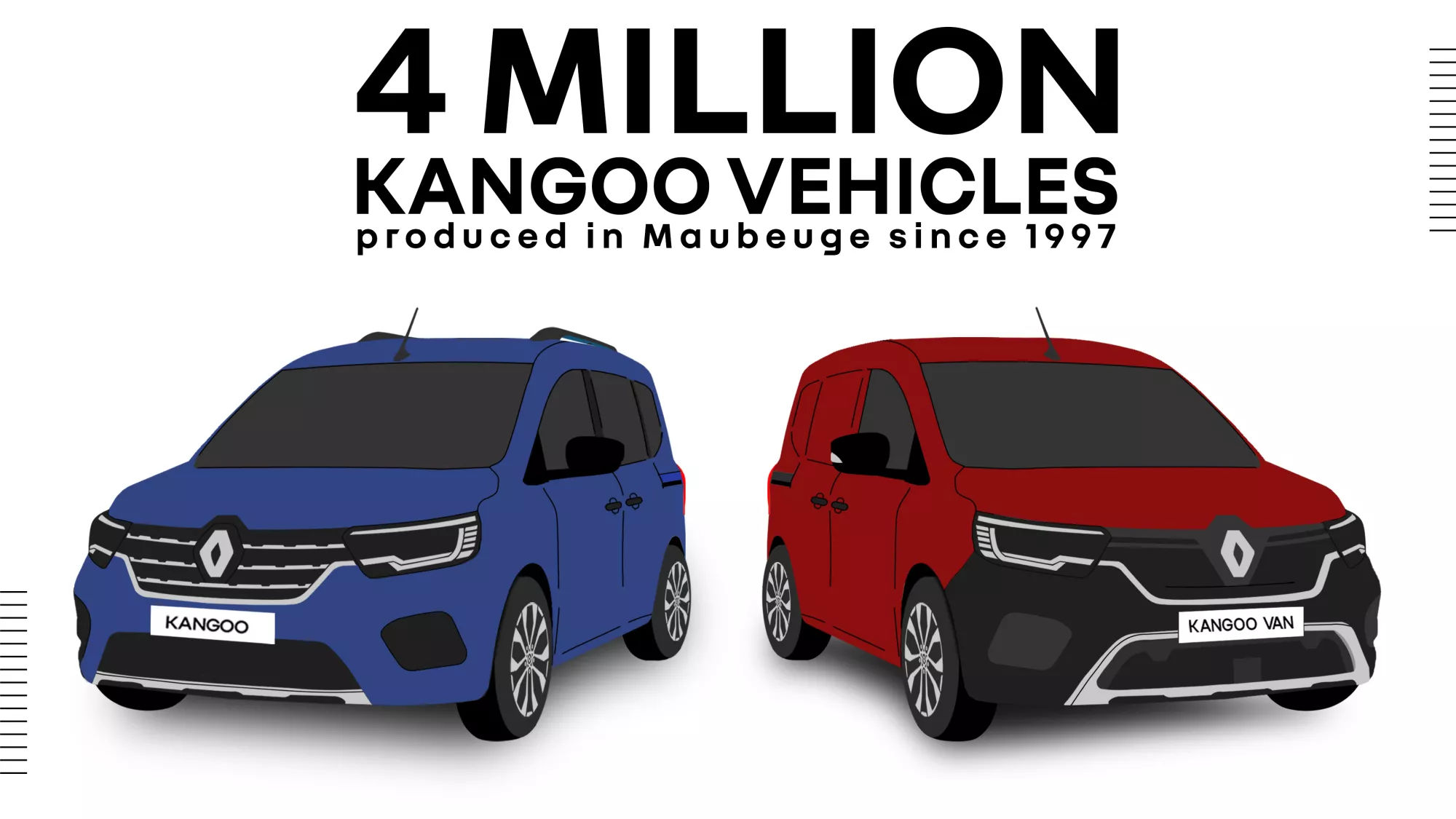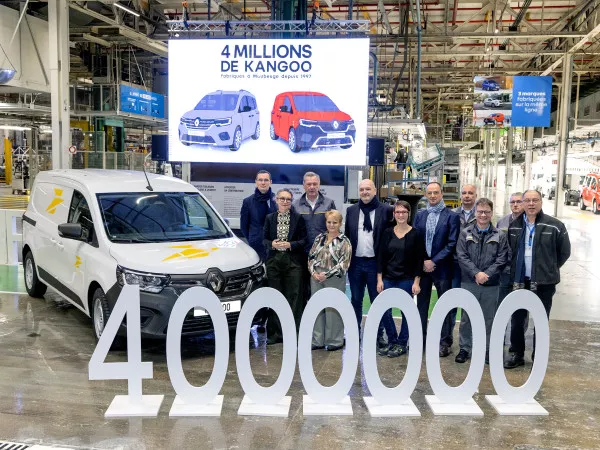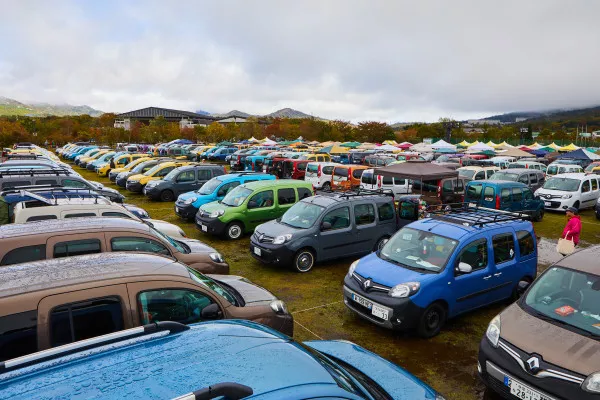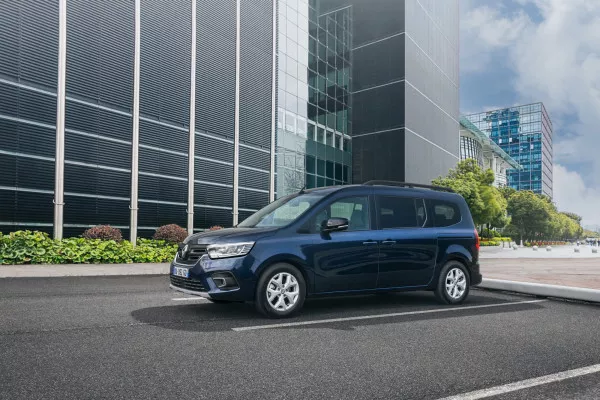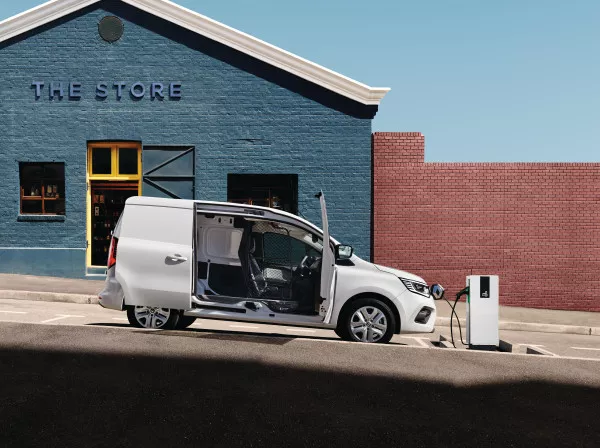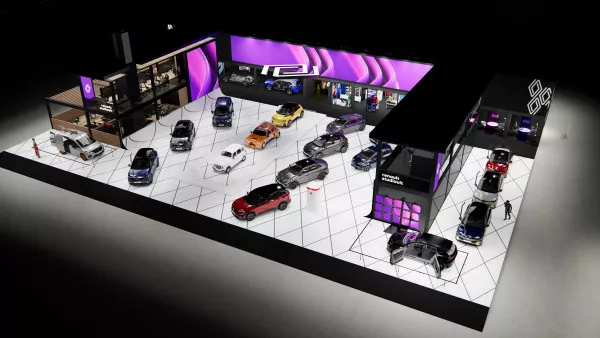4 million Kangoo vehicles made in Maubeuge: a testament to its success!
It’s official: Maubeuge has cleared the 4 million Kangoo milestone. Kangoo was a pioneer, a car that captured its time and a love-at-first-sight phenomenon, and is as popular as ever generations later. The leisure versions for families and friends, and the van versions for shopkeepers, tradespeople and companies have built a track record in a league of its own and achieved iconic status. We look back at 26 years of Kangoo production at a plant that has become a centre of LCV excellence.
15 December 2023
Maubeuge has produced more than 20 prominent models since 1969 including Renault 12, Renault 18, Renault Fuego and Renault 21 Medallion. But the one that has become inseparable from this plant in the ElectriCity cluster in northern France is Kangoo. It has made 4 million of them so far, a record that attests to the model’s enduring success as its generations parade by. Today, more than 400 Kangoo vehicles roll off its assembly lines every day – or one every 90 seconds!
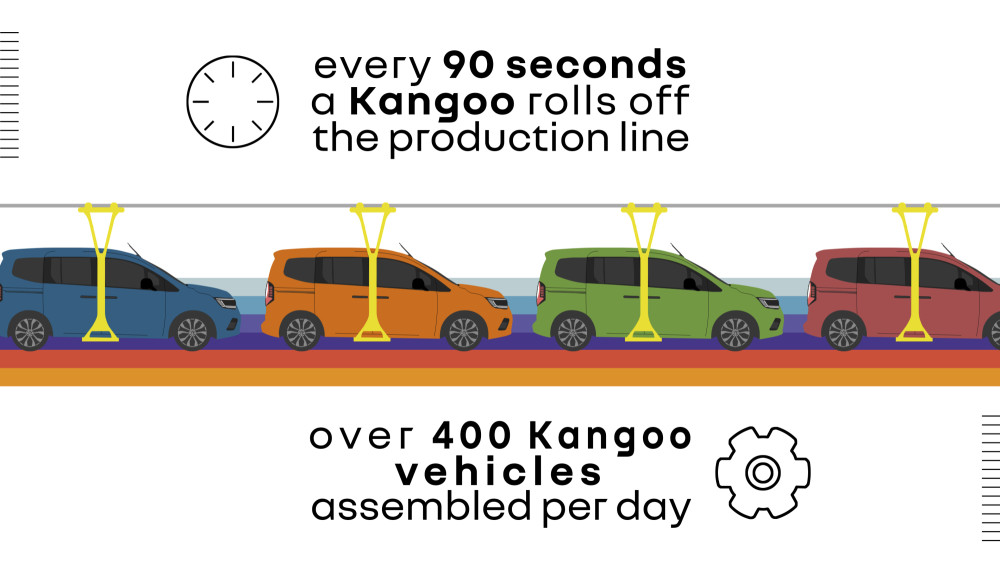
Kangoo is a revolution in itself
Kangoo’s exciting story began in the 1990s when Renault decided to start manufacturing it in Maubeuge and invested over €500 million to upgrade the plant. The first big step came in 1994 when a 5,400-tonne transfer press – one of the largest in Europe – was set up to stamp the vehicle’s tailgate, floor, flanks and other parts. Workstation ergonomics were also improved with the first ever variable-height production lines. “Hands in the air” stations were out and automation, to enhance safety and quality, was in. A human adventure, that has marked generations of women and men, thus began. Production of model X76 (Kangoo’s industrial nickname) started in 1997. That was a pivotal point in Renault’s and the Maubeuge plant’s history: it was the first time modularity, versatility, and fun and functional design upgraded perfunctory vans into cars for life and living. And these came in two versions: Kangoo for private customers and Kangoo Express for shopkeepers, tradespeople and companies operating fleets, including bespoke adaptations.
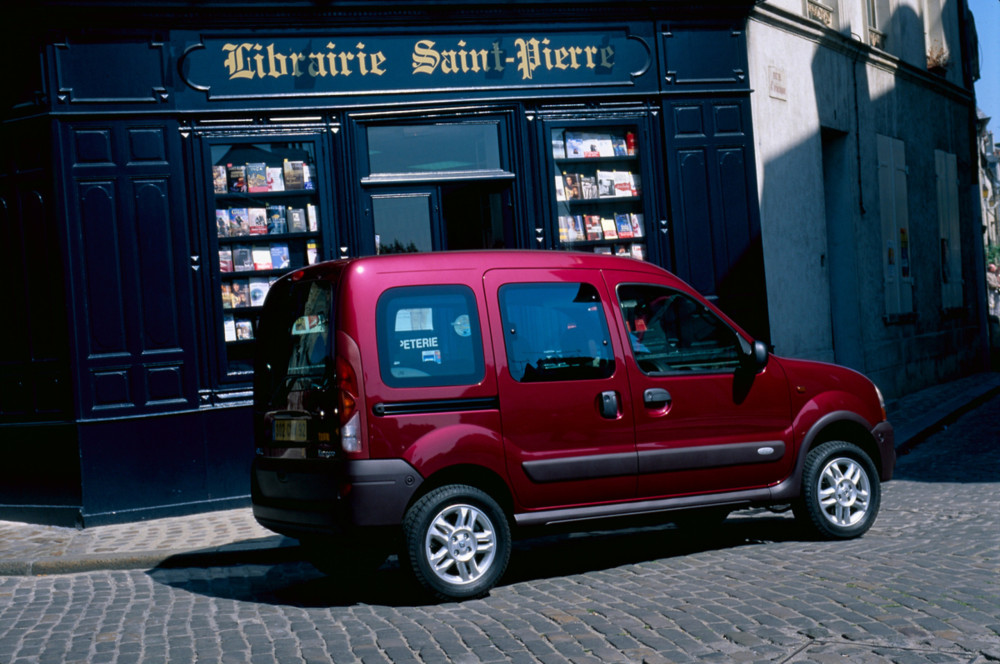
The model’s clever, fun and avantgarde vibe has stayed with it ever since. To keep up with it, rivals started adding a sliding door to their vans. By 1999, Kangoo had two, to meet its users’ needs even more thoroughly. Maubeuge had to rapidly adapt its production line, for example by adding a second robot island to attach the sheet-metal sliding side door and adding new stamping ranges. Then came a 4x4 version, and the Pampa and other limited editions. And it took off! Maubeuge made its millionth Kangoo in 2002, and its two-millionth five years later, in 2007.
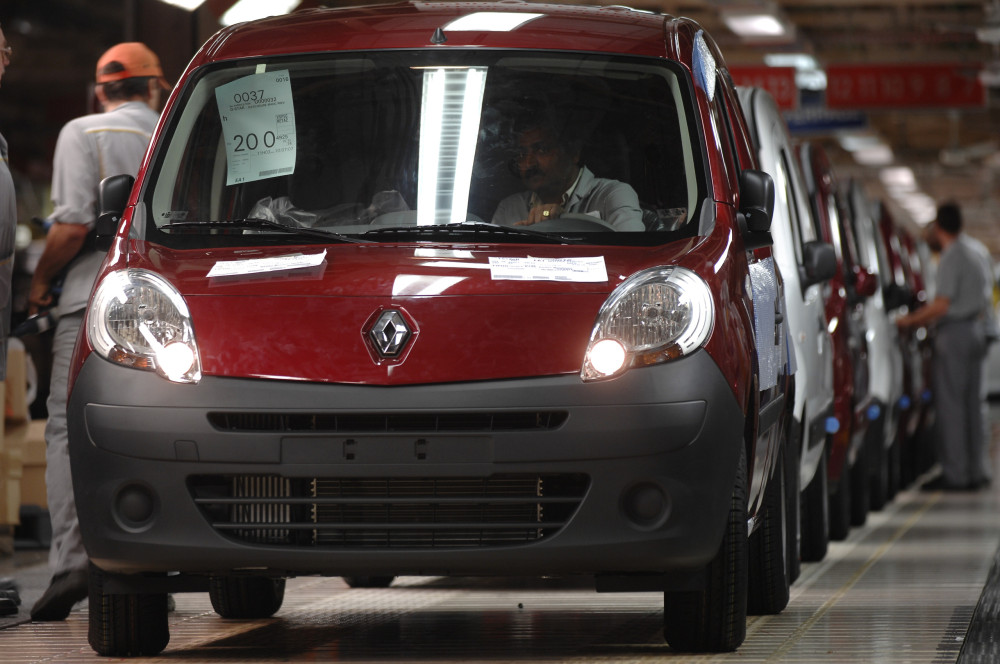
The big turning point in 2008: the second Kangoo generation
Kangoo 2, which took over the following year, brought better road handling, a choice of three lengths and, as always, new breakthroughs (including a bench that folds down flat and a roof rack that turns into roof bars in seconds). It was even more practical for personal use and more convenient for professionals. The plant’s productivity and quest for outstanding quality also made it Renault’s top choice for the electric version.
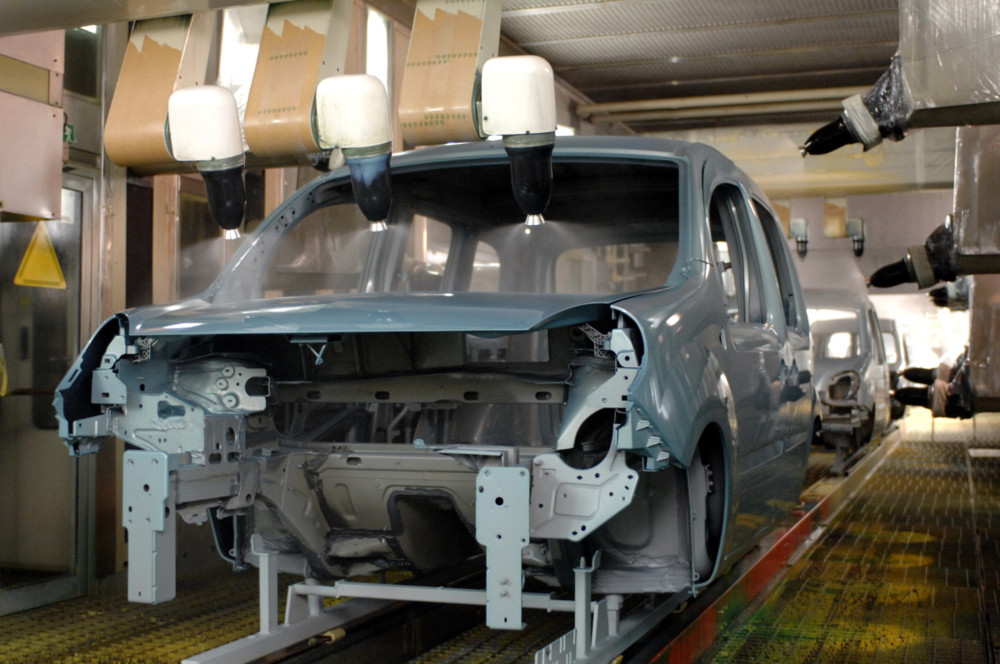
Kangoo electric: the plant adapts its lines
Renault started making the electric version at Maubeuge in 2011 – and kick-started another revolution in the automotive market with Kangoo Z.E. (for “zero-emission”). It was the first full-electric vehicle to win the coveted International Van Of The Year award, and inaugurated the electric van segment in the process.
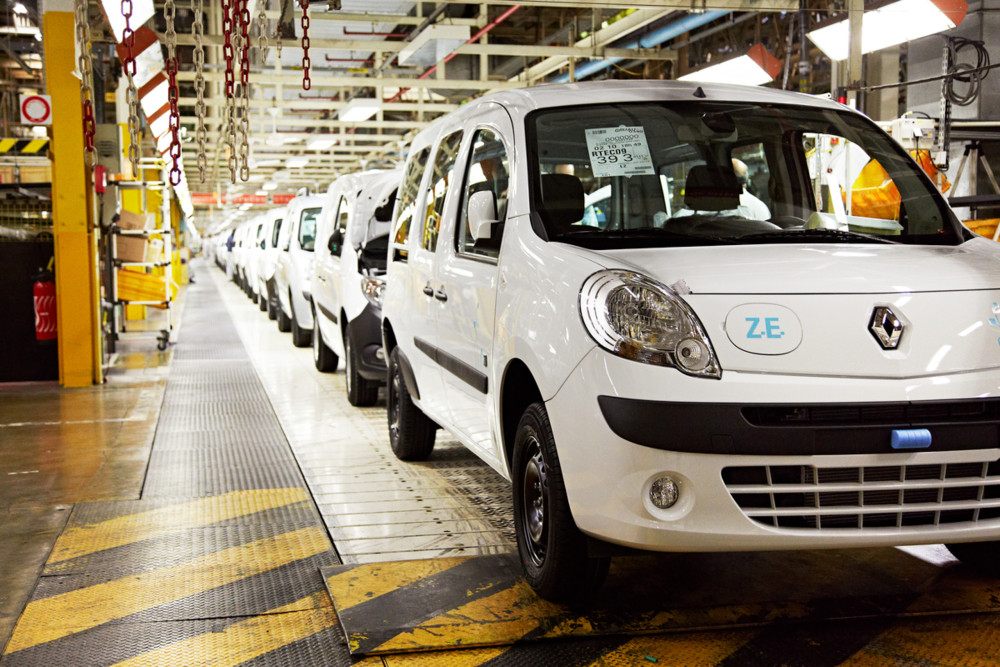
Since then, Maubeuge has made 90,000 of them and ranked Renault among Europe’s leaders in this category. Including the electric vans it makes for partners, the total is 100,000 units! To keep up with demand for the electric Kangoo, since 2021 the batteries have been assembled at the same plant, in a building outfitted specifically to feed the main line. And operators have been extensively trained in the new requirements associated with electric vehicle production. To seamlessly merge the battery flow into the assembly flow, production lines were also altered and solidified, for example by automating the battery placing system.
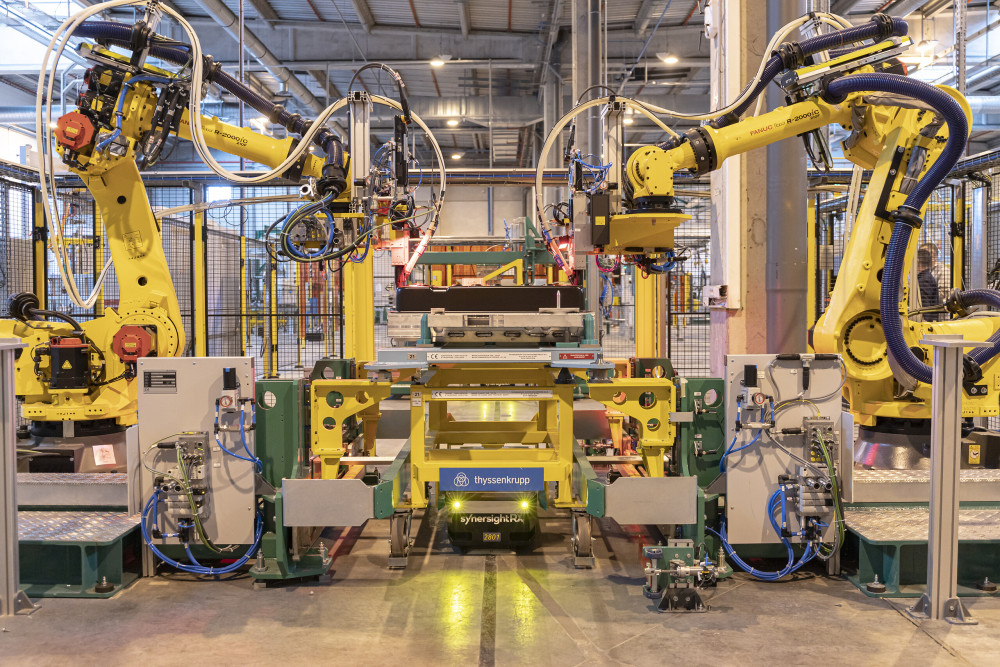
Third generation: substantial investment
The next milestone at Maubeuge, after the Kangoo 2 makeover in 2013, was the third Kangoo generation, which it started producing in 2021.
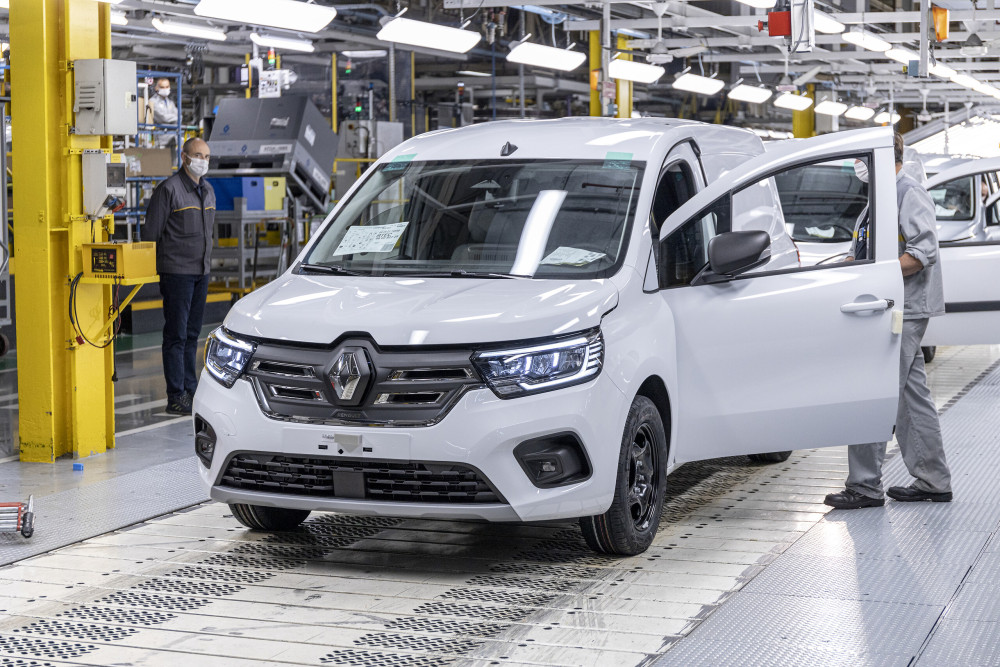
Renault invested over €450 million to overhaul this time-honoured plant, equipping it with a High Speed XXL stamping press (delivering a remarkable 6,600 tonnes of pressure through five units and up to 15,000 strokes a day) and more than 600 metalworking robots. It also rearranged the industrial process to fit Kangoo’s new design – especially the van version with the Open Sesame sliding side door.
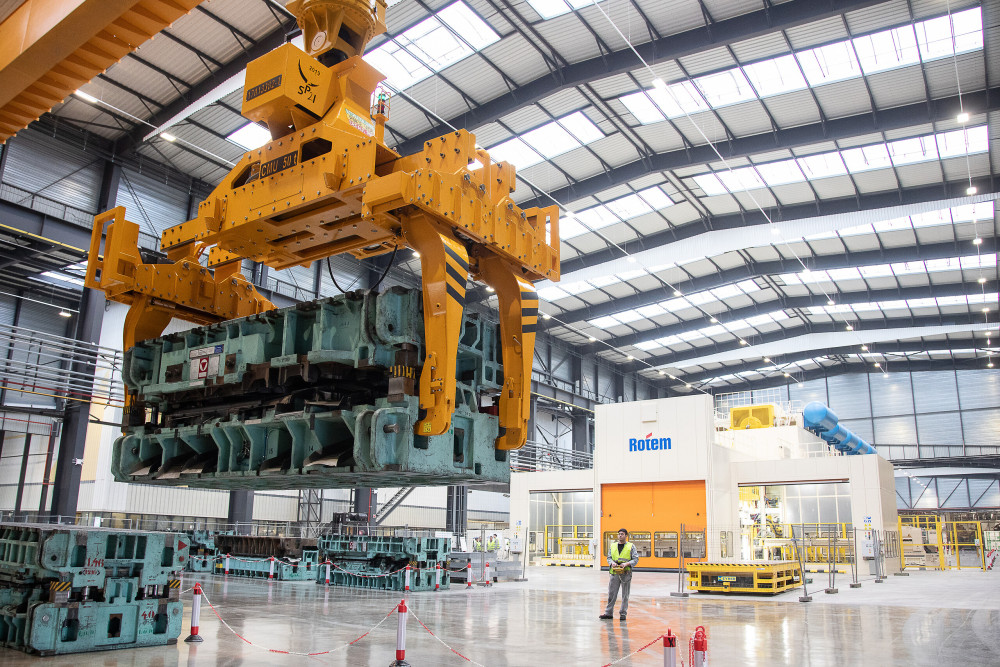
The High Speed XXL stamping press was installed in 2021 to welcome the new generation of Kangoo vehicles
The logistics flows were also reshuffled to accommodate the new Kangoo versions: the plant assembles more than 380 versions on a single production line, handling about 3,700 product references on an average day, just in time and timed to the second! Customers loved this new generation as much as automotive specialists and Kangoo was crowned Van Of The Year 2022.
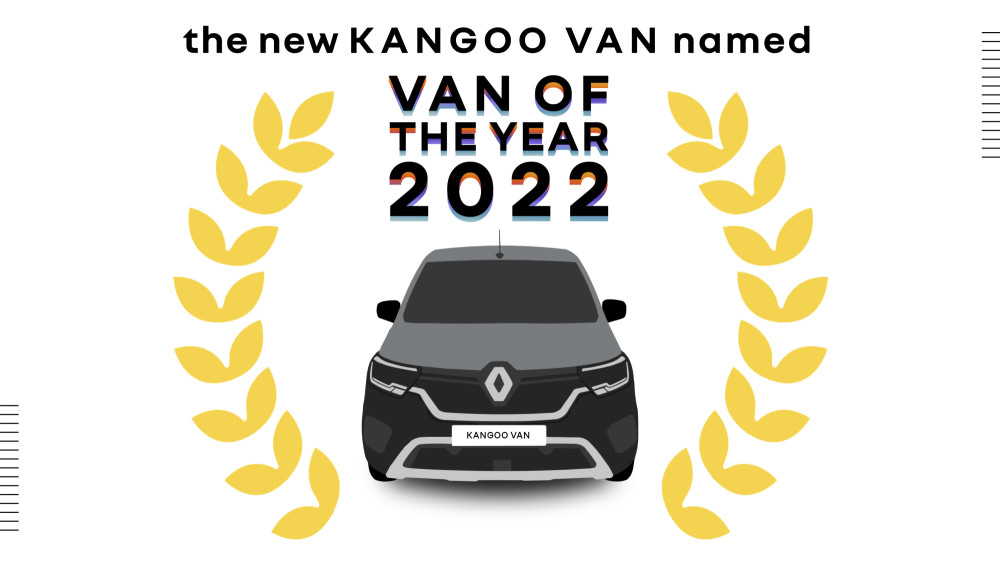
In July 2023, the Manufacture de Maubeuge had another reason to celebrate: its 150,000th third-generation Kangoo! Then the 7-seat Grand Kangoo completed this new line-up, stepped onto the stage at IAA Munich 2023 and joined the rest of the Kangoo family on Maubeuge’s production lines.
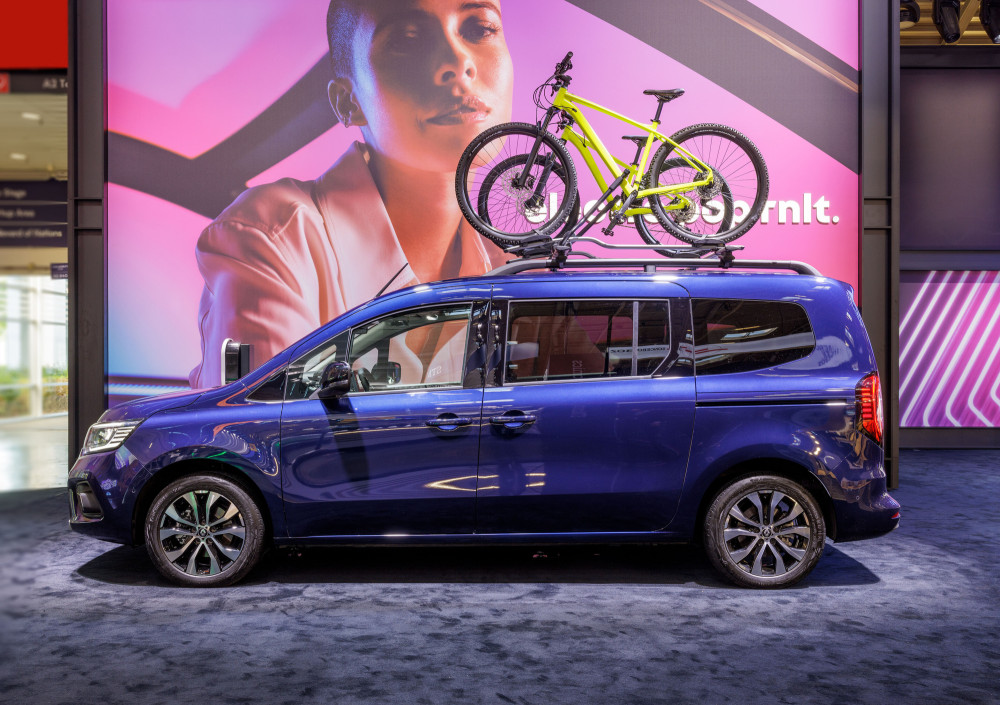
The 7-seat Grand Kangoo completed this new line-up, stepped onto the stage at IAA Munich 2023
10 well-kept secrets about Renault Kangoo
If you want to know everything there is to know about Kangoo, here are a few fun facts you may have missed:
1 - Have you ever wondered why Kangoo is called that? The short answer is kangaroos. The name conjures up visions of agility, energy, rhythm and nature, a friendly feel and the notion of practicality (think belly pouches!). The message is that it’s a handy vehicle and always ready to hit the road when you’re in the mood for time out with your family or friends. It’s eminently functional and its style is distinctly cool. So the name fits quite nicely, doesn’t it?
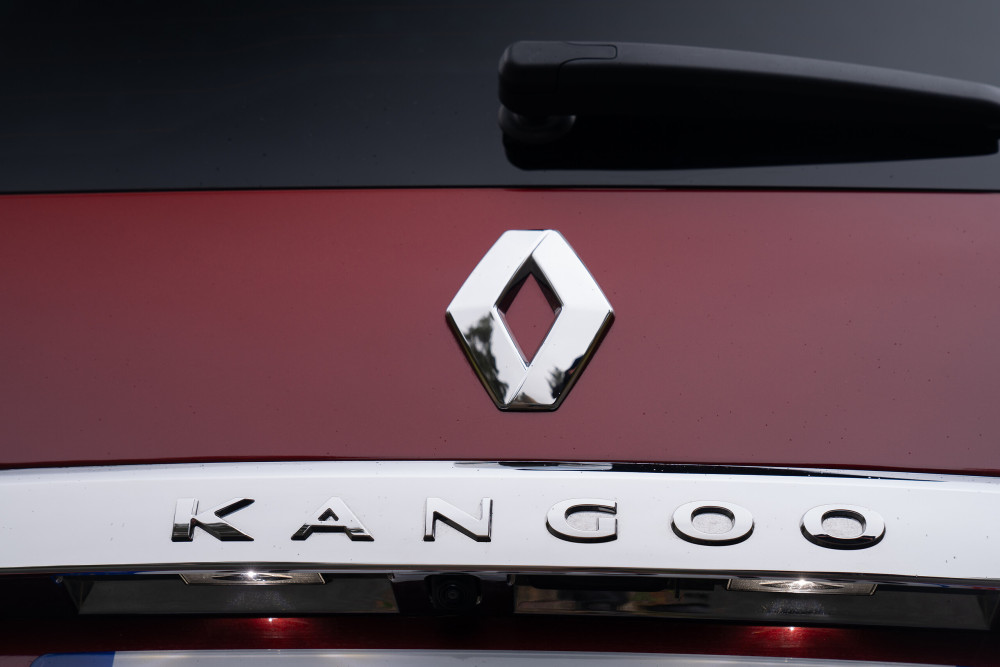
2 - Kangoo had developed a cult following in Japan. Every year since 2008, over 2,000 people congregate at Mount Fuji to take part in the Kangoo Jamboree. And the entire plant is geared for these particular requirements. A quality control team there makes sure every model shipped to Japan complies with them. Have a look at the photos: they are amazing!
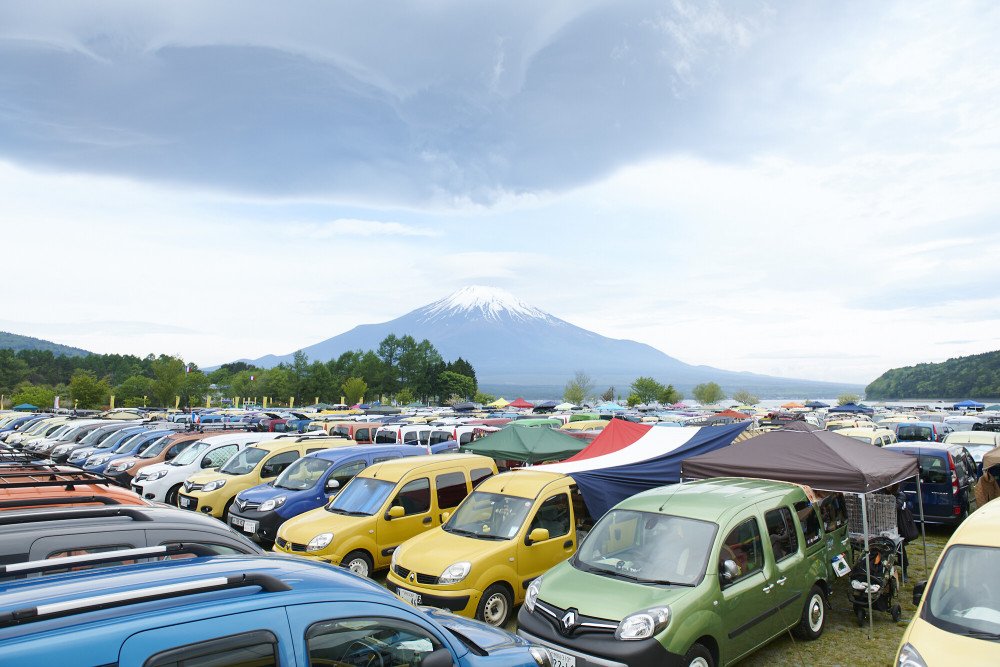
3 - The Kangoo van version is available in a wide variety of colours: the Maubeuge plant can produce up to 370 specific tones for corporate customers and fleet operators. Its professional customers currently use over 100 of these colours.
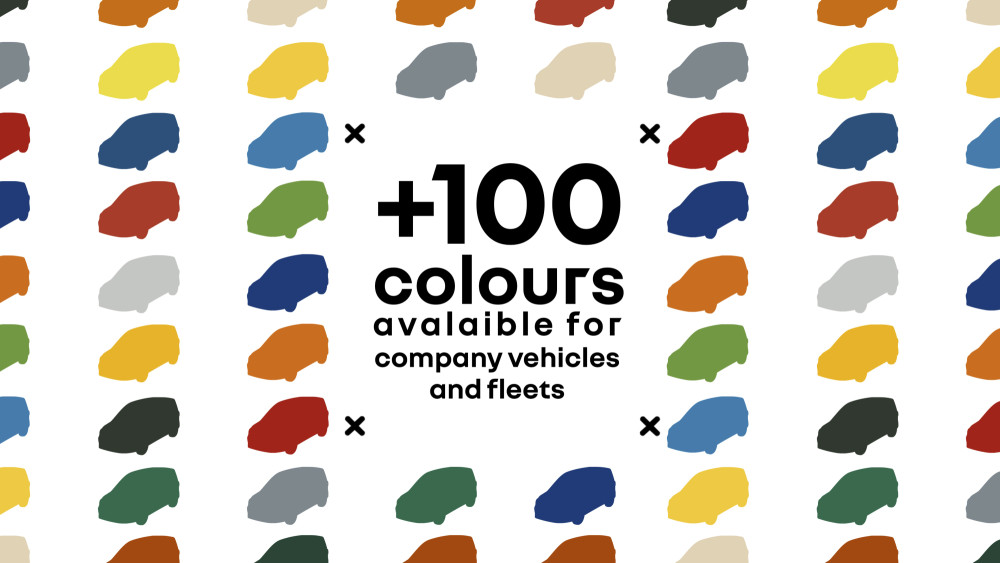
4 - Kangoo’s love affair with the French postal service is no longer a secret. But postal services in dozens of countries around the world, including Norway, Switzerland, Spain, Slovenia and Portugal, and others as far flung as Australia, also use it. Check out the photos: all those liveries come from the production lines in Maubeuge. Exciting, right?
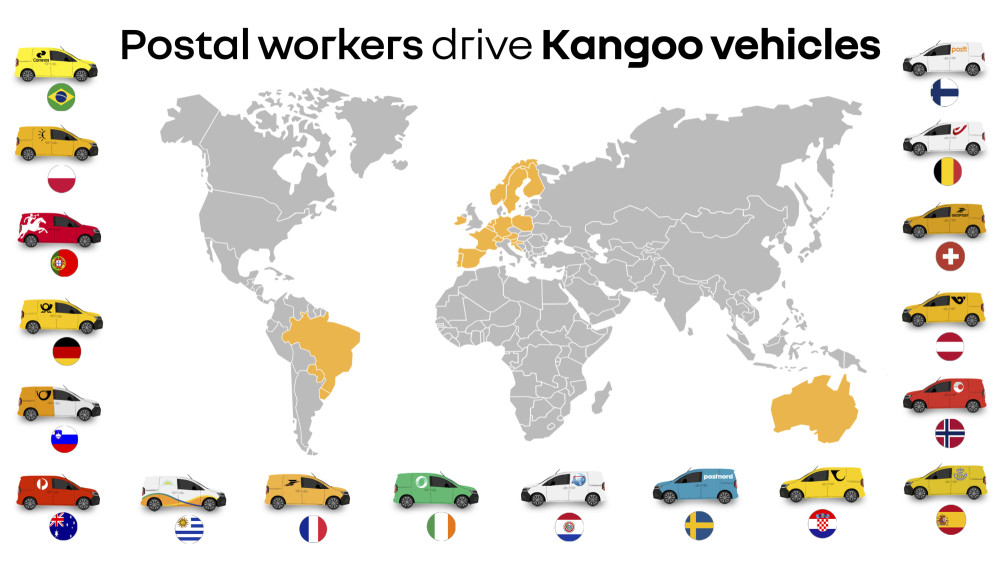
5 - And Kangoo carry more than post: the Pope travels in one when he is at his summer residence.
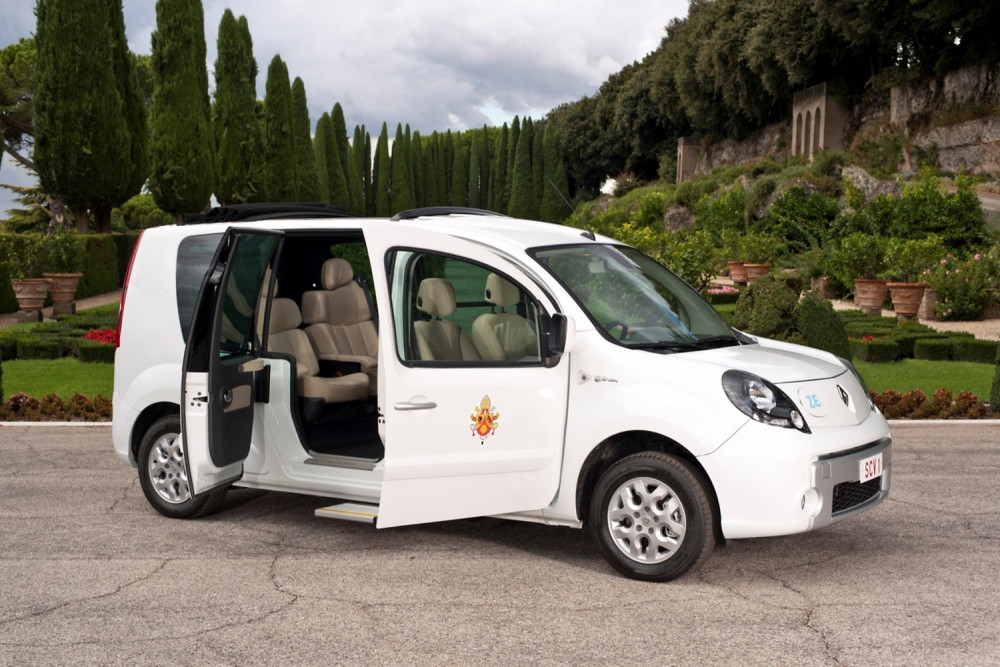
6 - Each year, over 800 Kangoo vehicles are converted to transport people with reduced mobility. Thanks to its unique architecture, following alteration it can fit a wheelchair near the passengers in the front row, so all the family can travel together. The vehicles are outfitted directly at the plant by Renault’s conversion specialist, Qstomize.
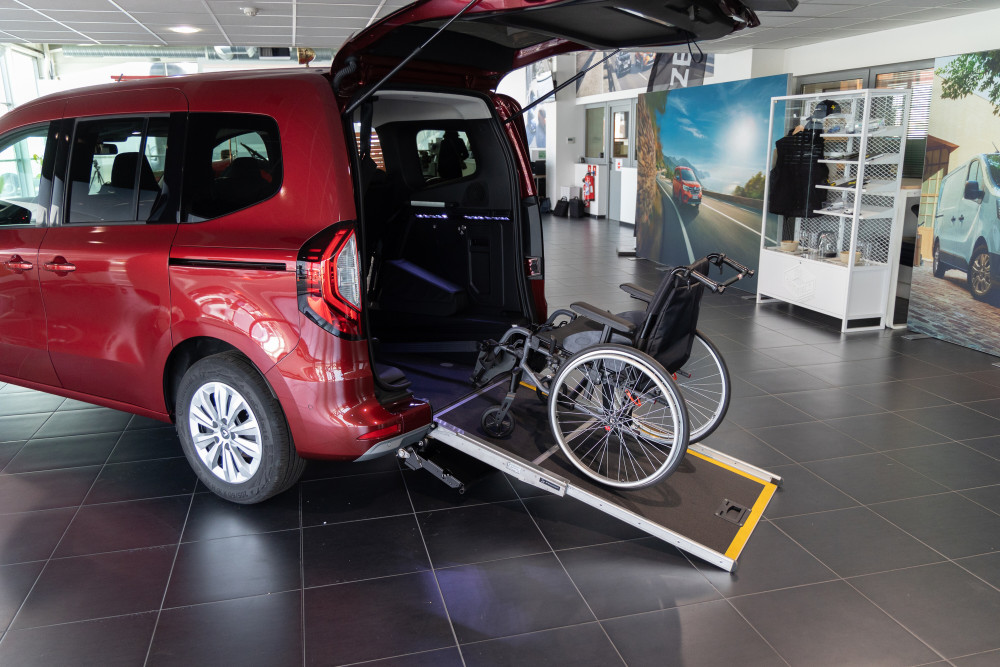
7 - Fancy a road trip in a Kangoo E-Tech electric? At the beginning of the summer, Maubeuge supplied four students with a one under a partnership with ICAM, an engineering school in Lille, for an “integral ecology mission.” Their goal was to drive 8,000 km across 12 European countries (France, Belgium, the Netherlands, Denmark, Sweden, Norway, Finland, Estonia, Latvia, Lithuania, Poland and Germany) in four weeks, to encourage people to individually and collectively embrace more sustainable and environmentally-friendly lifestyles. Mission accomplished!
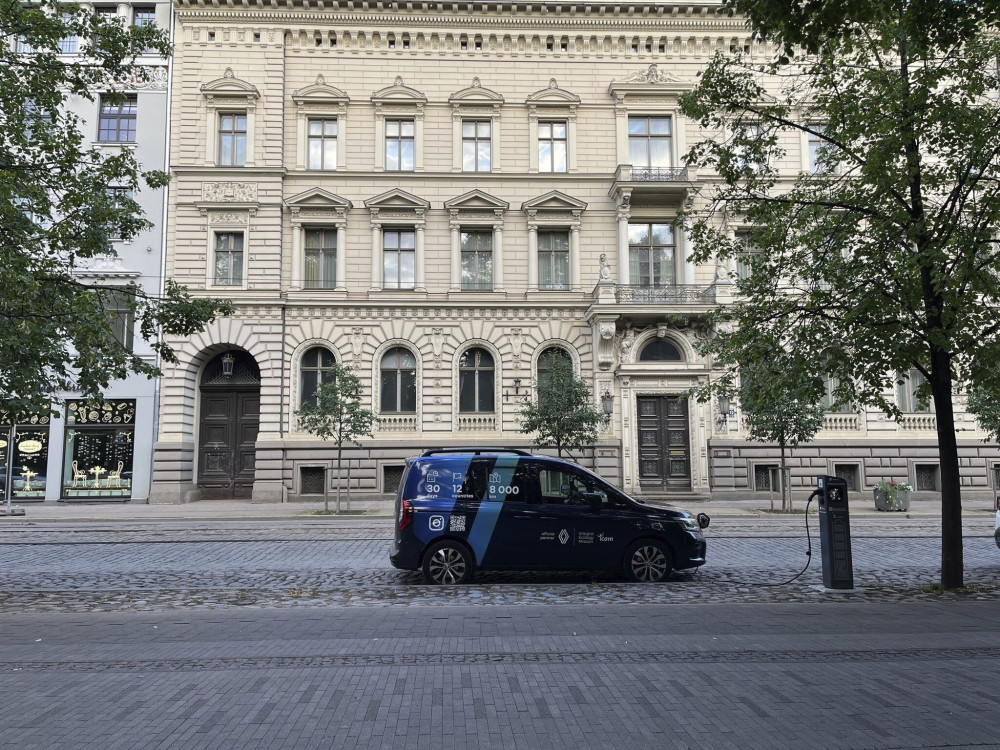
8 - In 2013, under a partnership between Renault and the Château de Versailles, which was celebrating the 400th anniversary of the birth of Louis XIV’s gardener André Le Nôtre, 10 Kangoo electric vehicles were used to embellish the gardens – for example carrying plants, statue and supplies – with zero noise and zero emissions.
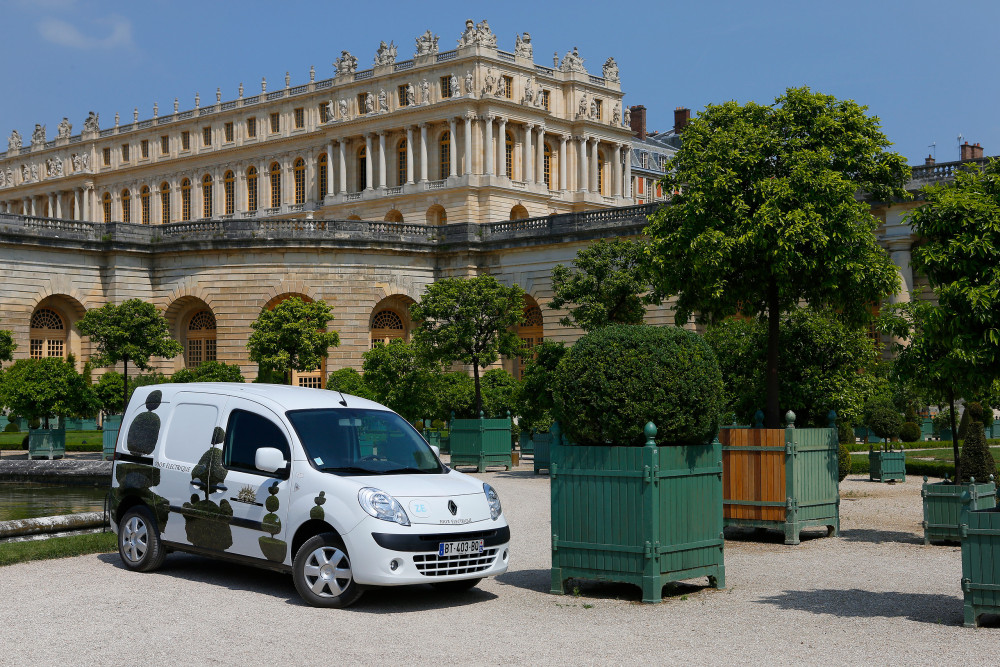
9 - The Maubeuge plant is constantly kitting out its industrial processes with the latest breakthroughs. One of the recent upgrades, “vision control”, uses an array of cameras to check each point on each board is just right, so that the screwing operation complies with all quality requirements.
10 - Lastly, a fun fact on digitalisation: to train paintshop staff, the plant has a virtual-reality booth simulator where learners can practise without using a drop of paint! Impressive, isn’t it?
|
Renault Kangoo has also been assembled in Malaysia and Morocco. Today, it is made at Maubeuge in France, but also in Argentina, where it is celebrating its 25th anniversary this year. The Santa Isabel plant in Córdoba has produced over 450,000 units, from the original to the new generation from 2018 onwards. These past 25 years have seen Kangoo grow into a full-blown phenomenon in Argentina. It has been in the lead for 24 years straight, with a 55% share in the compact van segment, and a 65% share in the private car segment. This celebration overlaps with the Santa Isabel plant’s 68th anniversary. And Kangoo is only one of the legendary models this plant has produced throughout its rich history. |
Renault, a historic mobility brand and pioneer of electric vehicles in Europe, has always developed innovative vehicles. With the ‘Renaulution’ strategic plan, Renault has embarked on an ambitious, value-generating transformation moving towards a more competitive, balanced and electrified range. Its ambition is to embody modernity and innovation in technology, energy and mobility services in the automotive industry and beyond.
media library (23)
Renault, a historic mobility brand and pioneer of electric vehicles in Europe, has always developed innovative vehicles. With the ‘Renaulution’ strategic plan, Renault has embarked on an ambitious, value-generating transformation moving towards a more competitive, balanced and electrified range. Its ambition is to embody modernity and innovation in technology, energy and mobility services in the automotive industry and beyond.
related topics
